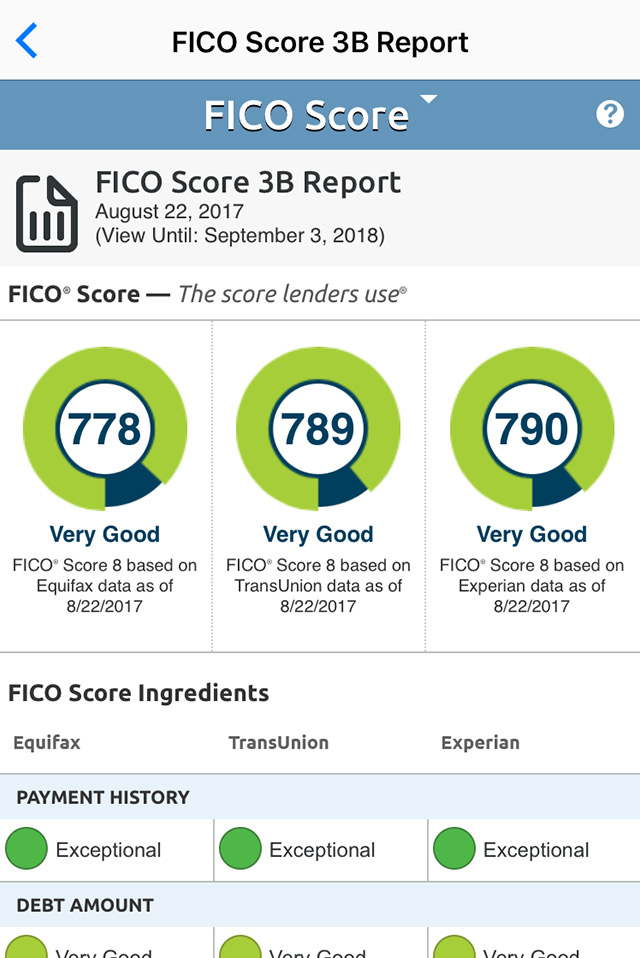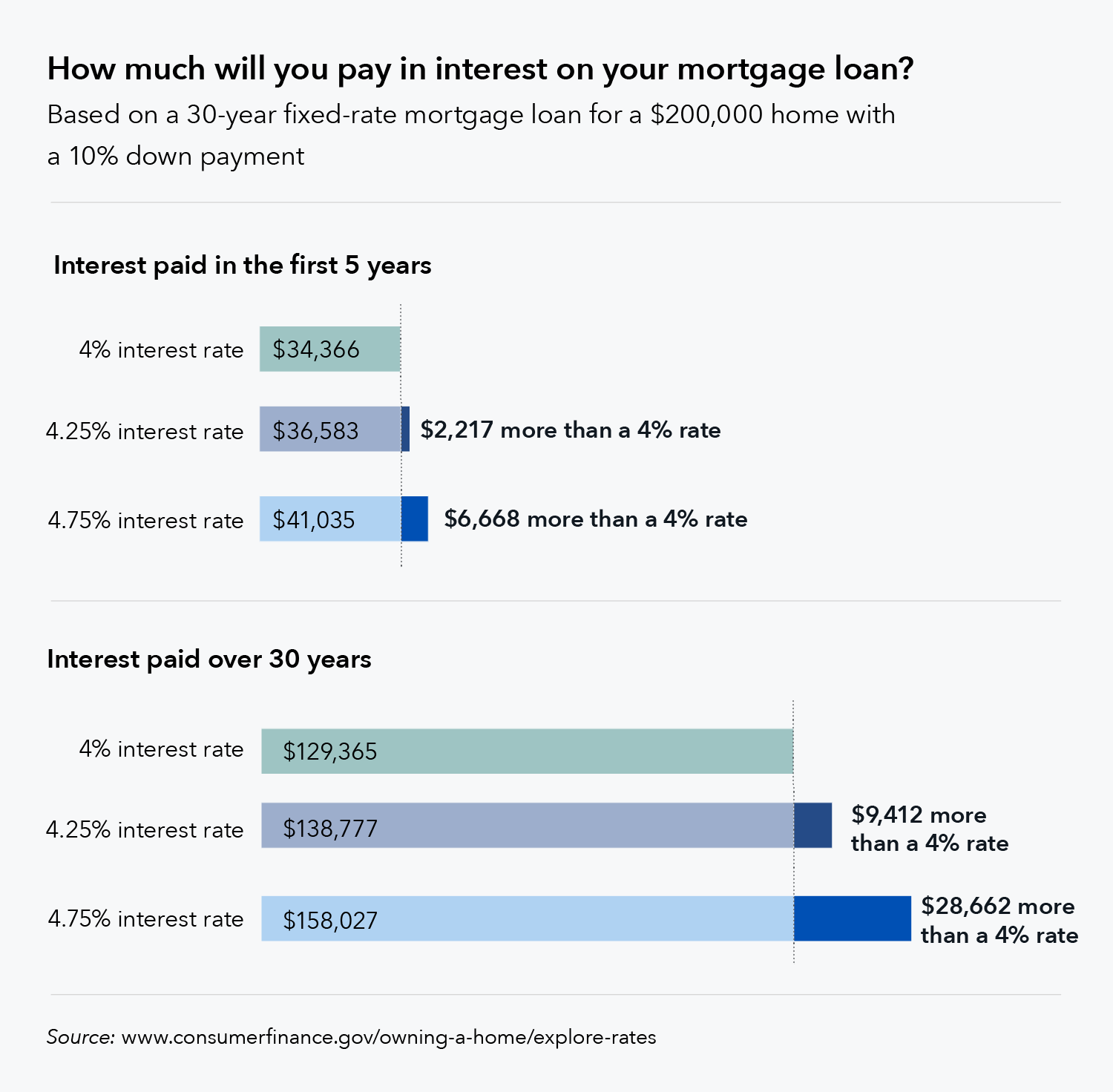For a reverse home mortgage to be a viable monetary option, existing mortgage balances generally need to be low enough to be settled with the reverse home loan profits. Nevertheless, borrowers do have the option of paying for their existing home mortgage balance to get approved for a HECM reverse home loan. The HECM reverse home loan follows the basic FHA eligibility requirements for home type, implying most 14 household homes, FHA approved condos, and PUDs certify.
Prior to starting the loan procedure for an FHA/HUD-approved reverse mortgage, applicants should take an approved counseling course. An authorized counselor ought to assist explain how reverse home loans work, the monetary and tax ramifications of taking out a reverse home loan, payment choices, and costs connected with a reverse home loan. The counseling is suggested to secure customers, although the quality of therapy has been slammed by groups such as the Customer Financial Defense Bureau. http://chancexqlp328.theburnward.com/not-known-factual-statements-about-how-do-lenders-make-money-on-reverse-mortgages how many mortgages can you have at once.
On March 2, 2015, FHA implemented new standards that require reverse mortgage candidates to undergo a monetary evaluation. Though HECM customers are not needed to make month-to-month mortgage payments, FHA desires to ensure they have the financial ability and desire to stay up to date with property taxes and house owner's insurance (and any other applicable home charges).
Prior to 2015, a Lender might not decline a request for a HECM as the requirement is age 62+, own a house, and fulfill initial debt-to-equity requirements. With FA, the lending institution might now require Equity "set aside" guidelines and amounts that make the loan difficult; the like a declination letter for poor credit.

How Obtaining A Home Loan And How Mortgages Work can Save You Time, Stress, and Money.
Satisfactory credit - All housing and installation financial obligation payments should have been made on time in the last 12 months; there are no more than 2 30-day late home loan or installment payments in the previous 24 months, and there is no significant derogatory credit on revolving accounts in the last 12 months.
If no extenuating situations can be recorded, the customer might not qualify at all or the lender might require a large amount of the principal limitation (if available) to be taken into a Life Expectancy Reserve (LESA) for the payment of property charges (residential or commercial property taxes, homeowners insurance, etc.).
The fixed-rate program includes the security of an interest rate that does not change for the life of the reverse mortgage, but the rate of interest is typically greater at the start of the loan than a similar adjustable-rate HECM. Adjustable-rate reverse home loans typically have rate of interest that can change on a month-to-month or annual basis within specific limitations.
The initial interest rate, or IIR, is the real note rate at which interest accumulates on the impressive loan balance on a yearly basis. For fixed-rate reverse home mortgages, the IIR can never ever change. For adjustable-rate reverse home loans, the IIR can alter with program limits as much as a life time interest rate cap.
The Basic Principles Of What Are Current Interest Rates On Mortgages
The EIR is often various from the real note rate, or IIR. The EIR does not identify the quantity of interest that accumulates on the loan balance (the IIR does that). The total swimming pool of cash that a borrower can receive from a HECM reverse home loan is called the principal limit (PL), which is determined based upon the optimum claim amount (MCA), the age of the youngest customer, the expected rates of interest (EIR), and a table to PL aspects released by HUD.
Many PLs are typically in the variety of 50% to 60% of the MCA, however they can sometimes be greater or lower. The table listed below offers examples of principal limitations for numerous ages and EIRs and a property value of $250,000. Debtor's age at origination Expected rate of interest (EIR) Principal limit element (since Aug.
In other words, older debtors tend to get approved for more money than more youthful debtors, but the overall amount of cash offered under the HECM program tends to decrease for all ages as rate of interest rise. Closing costs, existing home loan balances, other liens, and any home taxes or house owners insurance due are usually paid out of the preliminary primary limit.
The cash from a reverse mortgage can be dispersed in 4 ways, based upon the customer's monetary requirements and goals: Lump amount in cash at settlement Regular monthly payment (loan advance) for a set number of years (term) or life (tenure) Line of credit (similar to a home equity credit line) Some mix of the above Note that the adjustable-rate HECM offers all of the above payment alternatives, however the fixed-rate HECM only uses swelling sum.
Little Known Questions About What Is The Current Variable Rate For Mortgages.
This indicates that debtors who opt for a HECM line of credit can potentially get to more money with time than what they initially received at origination. The line of credit growth rate is identified by adding 1.25% to the preliminary rate of interest (IIR), which suggests the line of credit will grow faster if the rates of interest on the loan increases.

Due to the fact that many borrowers were taking full draw lump amounts (frequently at the encouragement of lending institutions) at closing and burning through the cash rapidly, HUD sought to safeguard debtors and the viability of the HECM program by limiting the amount of profits that can be accessed within the very first 12 months of the loan.
Any staying offered earnings can be accessed after 12 months. If the overall mandatory responsibilities exceed 60% of the primary limit, then the borrower can draw an additional 10% of the principal limitation if offered. The Housing and Economic Recovery Act of 2008 provided HECM debtors with the opportunity to acquire a brand-new primary house with HECM loan proceeds the so-called HECM for Purchase program, effective January 2009.
The program was designed to allow the elderly to purchase a new primary home and acquire a reverse mortgage within a single deal by getting rid of the requirement for a second closing. Texas was the last state to permit reverse home mortgages for purchase. Reverse home mortgages are often slammed over the problem of closing expenses, which can often be pricey.
Not known Factual Statements About Which Of The Following Is Not True About Reverse Annuity Mortgages?
Thinking about the restrictions enforced upon HECM loans, they are similar to their "Forward" contemporaries in total costs. The following are the most common closing expenses paid at near to get a reverse home mortgage: Counseling charge: The very first action to get a reverse home loan is to go through a counseling session with a HUD-approved therapist.
Origination charge: This is charged by the loan provider to organize the reverse mortgage. Origination costs can differ commonly from lender to loan provider and can range from nothing to a maximum of $6,000. Third-party charges: These fees are for third-party services worked with to finish the reverse mortgage, such as appraisal, title insurance coverage, escrow, government recording, tax stamps (where applicable), credit reports, and so on.
The IMIP safeguards loan providers by making them entire if the home costs the time of loan payment for less than what is owed on the reverse home mortgage. This secures borrowers as well because it implies they will never ever owe more than their home is worth. Since 1/2019, the IMIP is now 2% of the max claim amount (Either the appraised worth of the home up to a maximum of $726,535) The yearly MIP (home loan insurance premium) is.50% of the impressive loan balance.